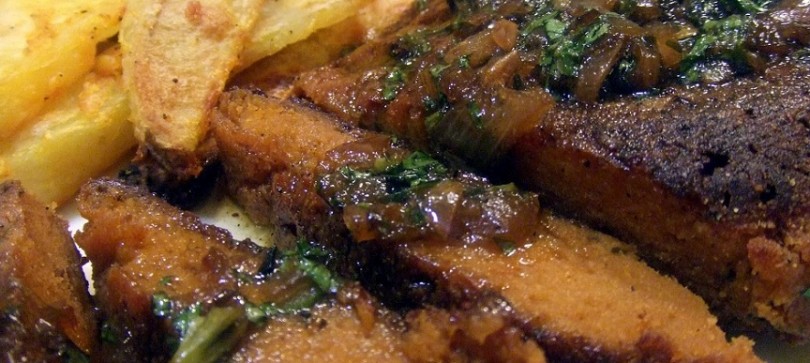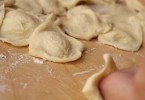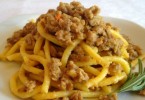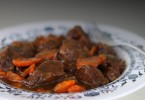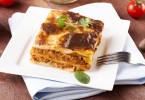Seitan: the gluten of the vegan diets
Our journey through the less famous vegetable proteins continues; after the soy derivatives, tofu and tempeh, now we introduce you the gluten protein par excellence: Seitan. It is essential in the vegan diet, and recently also the omnivorous appreciated it, but also who follows low calories diets or who wants to limit the calorie count and the cholesterol.
Gluten: the grain protein
Saying Seitan you think to gluten. Yes, because this protein source 100% vegetable is obtained, treating the wheat flour and the gluten contained in it.
But, what is gluten? We have often heard about the gluten intolerance, however only few people know precisely what this wheat protein is. The gluten is a lipoprotein substance created by the union of two proteins in presence of water. It is possible to find the gluten in the major part of the grain, such as the wheat, spelt and barley. This flours has a variable percentage of gluten that is extracted mechanically to produce the Seitan.
Discovering the Seitan
It is possible to easily find seitan almost in all the shops of the large retailers. It has a long production process but after all it is easy: the only starting ingredients is the wheat flour that is treated and kneaded under running water to remove the starch to obtain pure gluten that will look like a hard and white dough that needs to be further washed and kneaded.
The gluten is now cooked: the dough is boiled in a light consommé flavoured with vegetables, spices and soy sauce. After a long boiling the seitan is ready to be eaten and prepared with different cooking methods. Thus, let your imagination run wild and personalise this versatile ingredient!
Seitan nutritional facts
It is not advised, obviously, to who suffers from celiac disease, however it has lots of positive nutritional elements. 370 calories in 100 gr, few fats… 1,8 g of lipids and only 0,3 saturated fat acids and 0 cholesterol. Favourable elements? 75 gr of proteins 100 mg of potassium and 29 mg of sodium.
Seitan recipes
Both that you buy it ready or precooked and that you produce it at home, seitan is suitable for dozen of recipes: it is perfect seared in a pan, grilled, breaded and fried; the seitan goulash is excellent but also mixed with vegetables or with tomato sauce and potatoes.
The consistency is similar to the real meat, a little bit more gummy and the taste is quite natural; for these reasons it is possible to add what you like with spices and seasonings. You can buy it pure, grilled or smoked, but also as a cold cut to prepare sandwiches, Carpaccio with arugula, grana and pine nuts or to fill bread.
The TOP recipe with Seitan
A tasty and new way to use it? Try the vegan Carbonara!
- In a pan with a drizzle of oil, sauté the smoked or grilled dices of seitan (that is similar to the bacon)
- Mix the soy cream slightly diluted with water
- colour it with the saffron or curcuma
- season the whole spaghetti and your veg Carbonara will be ready! It will be appreciated also by the most convinced omnivorous.
The limits of the Seitan
Anyway, seitan has some nutritional limits:
– It has a high glycerol index and for this reason it is not advised for dinner because it rises the glycaemia.
– It lacks of lysine, a fundamental amino acid
– It lacks of iron and B12 Vitamin as well
For this reason, the diet has to be completed with other protein sources besides the Seitan that is, in any case, a dietetic and healthy ingredient to eat once a week.

